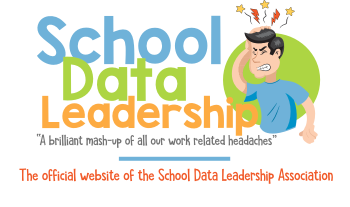The Science of Reading
The concept of "the science of reading" is crucial for elementary teachers as it encompasses a body of research from various disciplines including cognitive psychology, neuroscience, and education, which explores how we learn to read. This science-based approach offers insights into the most effective ways to teach reading, focusing on understanding the processes involved in decoding symbols (like letters and words), recognizing patterns, and building comprehension and fluency.
Here’s a breakdown of some key components in the science of reading that can be especially useful for an elementary teacher:
-
Phonemic Awareness: This is the ability to hear, identify, and manipulate the individual sounds—phonemes—in spoken words. It is one of the best predictors of how well children will learn to read during the first two years of school instruction.
-
Phonics: Phonics instruction teaches the relationships between the letters of written language and the sounds of spoken language. It helps children learn how to decode words by sounds, an essential skill for reading.
-
Fluency: Developing reading fluency, the ability to read text smoothly and with good rhythm and pace, is important for comprehension. It enables students to bridge decoding and comprehension.
-
Vocabulary: Teaching vocabulary is key to understanding what is read. A robust vocabulary improves all areas of communication — listening, speaking, reading, and writing.
-
Reading Comprehension: This is the ability to process text, understand its meaning, and integrate it with what the reader already knows. Effective reading strategies that are taught can significantly boost understanding and retention of the text.
-
Oral Language Skills: These are foundational to reading and involve the ability to listen, understand, and express thoughts, feelings, and ideas. Strong oral language skills facilitate the development of reading skills and vice versa.
Understanding and applying the science of reading can dramatically improve teaching effectiveness by focusing on evidence-based reading strategies. This approach ensures that instruction is systematic and explicit, catering to the diverse needs of students, especially those who might struggle with traditional methods.
Exploring the science of reading opens up a fascinating world where cognitive science, psychology, and education intersect. Here are some of the best books that delve into this topic, offering insights into how we process and comprehend text:
-
"Proust and the Squid" by Maryanne Wolf - This book beautifully combines neuroscience and literature to explore the history and development of reading in the human brain. Wolf explains how our ability to read is one of the most significant transformations in human history.
-
"How We Read: The Lessons of Brain Science" by Stanislas Dehaene - Dehaene, a neuroscientist, presents a comprehensive look at what current science tells us about reading. He explores the brain processes behind decoding words, comprehension, and the impacts of various educational practices on reading.
-
"Reading in the Brain: The New Science of How We Read" by Stanislas Dehaene - Another excellent work by Dehaene, this book dives deeper into the cognitive science of reading. It discusses the recognition of letters and words, the uniqueness of the human ability to read, and the brain’s evolution to adapt to new intellectual tasks.
-
"The Reading Mind: A Cognitive Approach to Understanding How the Mind Reads" by Daniel T. Willingham - Willingham explores not just the process of reading but also the deeper aspect of what happens in our minds when we read—how we comprehend, remember, and engage with text.
-
"Language at the Speed of Sight: How We Read, Why So Many Can’t, and What Can Be Done About It" by Mark Seidenberg - This book addresses the disconnection between science and educational practice in reading. Seidenberg, a cognitive neuroscientist, argues for a better understanding of reading science in teaching practices.
These books offer rich insights from different perspectives, enhancing your understanding of how reading shapes and is shaped by the human brain. Whether you're a teacher, a parent, or simply curious about the cognitive feats your brain performs while reading, these books are a treasure trove.
